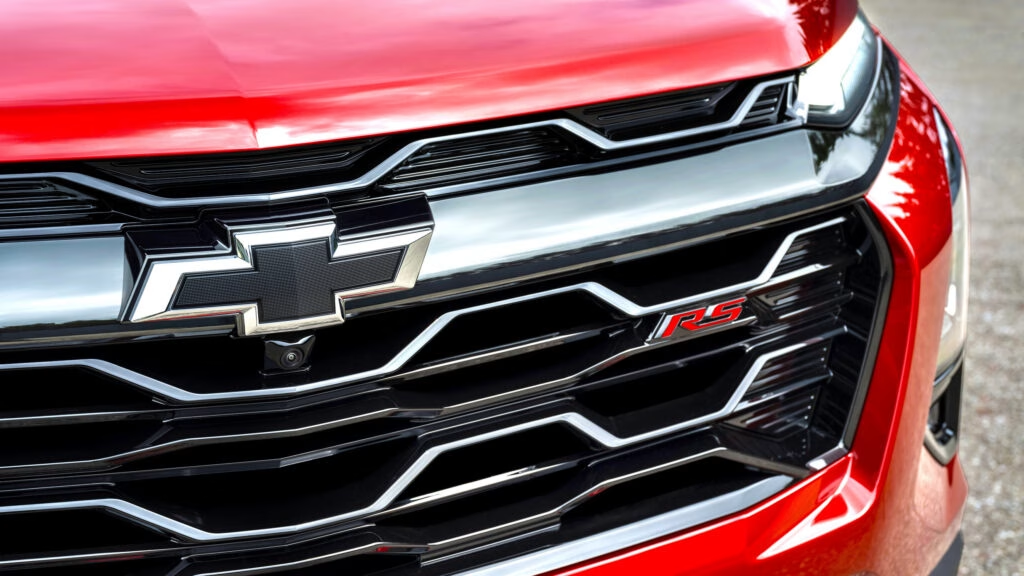Why Are Car Buyers Switching Brands More Often in 2025?
If you’ve noticed friends or neighbors rolling up in a new car from a different brand than before, you’re not imagining things. According to the latest S&P Global Mobility data, brand loyalty in the auto industry is taking a dip. In the first half of 2025, the average loyalty rate across all brands fell to 51.1 percent—a 1.4-point drop from last year. That’s not a fluke. It’s part of a longer trend: loyalty rates have slipped from 54.8 percent in 2020 to just over 51 percent today.
So, what’s behind this shift? The pandemic shook up supply chains, inventories, and even how people shop for cars. With more options available again, buyers are feeling adventurous. They’re cross-shopping, comparing deals, and jumping ship if another brand offers a better fit or value. The result? More people than ever are open to switching brands when it’s time for a new ride.
Which Automakers Are Winning (and Losing) the Loyalty Game?
Not all brands are feeling the pinch equally. General Motors (GM) is holding strong, topping the charts for multi-brand loyalty with a 68.1 percent retention rate. That means more than two-thirds of GM owners stick with the company when it’s time to buy again, whether they’re choosing a Chevy, Buick, GMC, or Cadillac.
Ford, meanwhile, leads the pack among individual brands, boasting a 58.9 percent loyalty rate. The secret sauce? Models like the F-Series, Expedition, and Bronco Sport, each of which keeps more than 60 percent of their owners coming back for another.
On the flip side, some brands are struggling. The Volkswagen Group, for example, trails with just 43 percent loyalty. Fiat finds itself at the very bottom, with a loyalty rate of only 4.3 percent—a tough spot to be in a competitive market.
What Models Are Keeping Drivers Hooked?
It’s not just brands that inspire loyalty—sometimes it’s a specific model that wins hearts. The Chevrolet Equinox stands out as the single most “sticky” model, with an impressive 42.7 percent of owners choosing another Equinox when they return to the market. That’s a testament to how a well-rounded, reliable vehicle can create repeat customers year after year.
Ford’s F-Series trucks are another loyalty powerhouse. These vehicles have built a reputation for durability and capability, and their high loyalty rates show that owners aren’t easily tempted away.
Are Any Brands Gaining Ground in 2025?
While many brands are losing loyalists, a few are bucking the trend. Mini, for instance, posted the strongest growth in loyalty, jumping 4.6 percentage points year-over-year. That’s no small feat in a market where most brands are slipping. Mini’s quirky charm, unique styling, and fun-to-drive factor seem to be resonating with buyers who want something different.
On the other end, VinFast saw the sharpest drop—down nearly 34 points to 36 percent. It’s a reminder that building a loyal customer base takes time, consistency, and, frankly, a product people trust.
How Is Increased Competition Shaping Buyer Behavior?
With loyalty rates falling, automakers are fighting harder than ever to win over new customers. This is where “conquest activity” comes in—brands targeting buyers from rival companies. In the first half of 2025, mainstream brands saw conquest volume rise by 7.6 percent, while luxury brands experienced a 6.2 percent increase.
Vince Palomarez, associate director of loyalty product management at S&P Global Mobility, puts it this way: “Households are returning to market, but many are open to cross-shopping in ways we didn’t see during the height of pre-pandemic loyalty.” Translation? The days of sticking with the same badge for life are fading. Shoppers are savvier, more informed, and less sentimental about brand allegiance.
What Does This Mean for Car Shoppers and Owners?
If you’re in the market for a new car, you’re in a strong position. Automakers are rolling out incentives, improving after-sales service, and adding features to keep you in the fold. But don’t be afraid to shop around. The data shows you’re not alone if you’re considering a switch.
For current owners, this is a good time to evaluate what matters most—reliability, value, tech, or maybe just a fresh look. Sometimes, the best deal or fit might be with a brand you hadn’t considered before.
The big takeaway? Brand loyalty isn’t about perfection—it’s about smarter adjustments. Start with one change this week, and you’ll likely spot the difference by month’s end.

